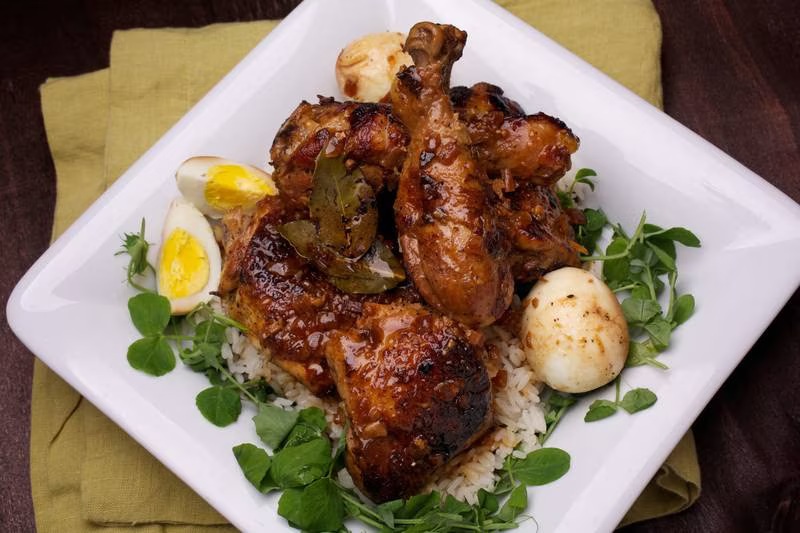One Carlo Diaz
Indians and Filipinos make up about 40 per cent of the Asian population in the US, but their cuisines account for a only a small part of the restaurant scene, data from Pew Research Centre has shown.
Seven per cent of Asian restaurants in the US serve Indian food, while Filipino dining spots account for a mere 1 per cent. In contrast, Chinese restaurants accounted for nearly 40 per cent of Asian restaurants.
Japanese cuisine comes next at 28 per cent, followed by Thai at 11 per cent, the study showed.
Vietnamese food accounts for 7 per cent, Korean cuisine is 6 per cent and Pakistani is 1 per cent, the centre said.
Asian dining venues make up 12 per cent of the entire US restaurant scene.
Several factors contributed to these figures, including migration patterns. Some of the first Chinese immigrants in the US were entrepreneurs who mainly provided gold miners with services, from laundry shops to restaurants. The first Chinatown in the country was established in San Francisco in 1848.
:quality(70)/cloudfront-eu-central-1.images.arcpublishing.com/thenational/VKO7TJTOTENRFCQPSB6OYFSUD4.jpg)
It was not until the 1880s that adventurous American foodies started to explore Chinatown for treats and Chinese food gained traction, food historian Andrew Coe said in his 2009 book Chop Suey: A Cultural History of Chinese Food in the United States.
Chinese food, aided by the rise of takeaway shops and delivery services, has since become a staple in the American dining scene.
By 2016, the Chinese American Restaurant Association said there were more than 40,000 Chinese restaurants across the US – more than all the McDonald’s restaurants, KFCs, Pizza Huts, Taco Bells and Wendy’s spots combined, Time reported.
By comparison, the first Filipino immigrants to the US mostly worked in labour-intensive migratory jobs, such as on pineapple and sugar plantations in Hawaii, or in farms in California, according to the 1998 book The New Face of Asian Pacific America: Numbers, Diversity, and Change in the 21st Century.
Aside from migration history, other factors could explain why some Asian cuisines are less popular than others.
On Good Morning America last week, Genie Kwon, co-owner of Chicago restaurant Kasama, considered to be the first Filipino Michelin-starred spot, said: “Asian food, in general, sometimes has this really unfortunate stigma of being a cheap cuisine.”
She said there were “so many Filipinos here, yet so few restaurants are available”.
Cuisine competition is common when it comes to multicultural cities including Dubai, which is home to a high number of Indians and Filipinos.
Although Indian cuisine is widely recognised in Dubai, with Michelin-starred restaurants among them, Filipinos have not yet made an indelible mark in the UAE’s dining scene.
Courtesy: thenationalnews







